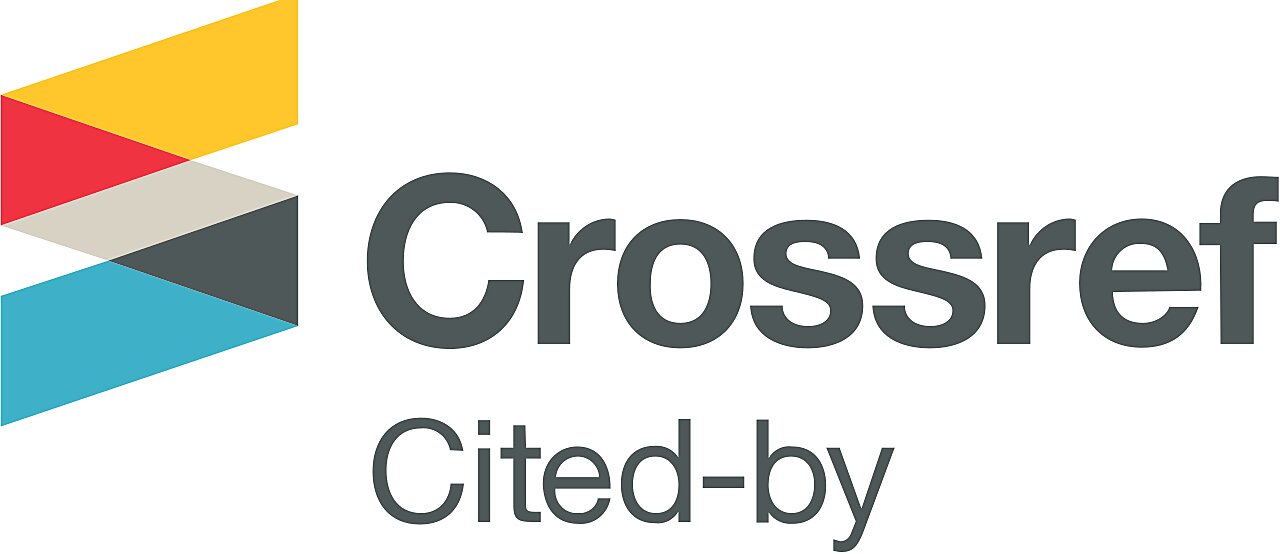
Physical and sensory quality and chemical composition of coffee grown in the Department of Huila Calidad física, sensorial y composición química del café cultivado en el departamento del Huila
Keywords

This work is licensed under a Creative Commons Attribution-NonCommercial-NoDerivatives 4.0 International License.
Summary
The Government of Huila, with resources from the General System of Royalties (SGR), the Departmental Coffee Growers Committee of Huila and Cenicafé created activities aimed at supporting the coffee production of the Department in view of the growing demand for high quality coffee. Among such strategies, the characterization of the quality of the coffee produced in the Department between 2016 and 2018 was carried out; in order to meet this objective, 123 farms from 35 municipalities were chosen and several samplings were done with a total of 445
samples. Physical and sensory quality analyses as well as chemical composition determination were performed. The average values of the yield factor were 94.63 for 2016, 86.82 for 2017 and 88.83 for 2018; those values indicates the good physical quality of coffee. Regarding sensory quality, 80.97% of the samples did not show sensory defects, the aging defect associated with poor drying practices and the storage of coffee with moisture contents higher than 12% showed the highest value. The average values of the chemical compounds estimated in the green coffee samples were within the range reported for the Coffea arabica L. variety.
Author biography (See)
References (See)
- Cheng, B., Furtado, A., Smyth, H. E., & Henry, R. J. (2016). Influence of genotype and environment on coffee quality. Trends in Food Science & Technology, 57, 20–30. https://doi.org/10.1016/j.tifs.2016.09.003
- Coradi, P. C., Borém, F. M., Saath, R., & Marques, E. R. (2007). Effect of drying and storage conditions on the quality of natural and washed coffee. Coffee Science, 2(1), 38–47. http://www.coffeescience.ufla.br/index.php/Coffeescience/article/view/37
- Federación Nacional de Cafeteros de Colombia. (2017). Comportamiento de la industria cafetera colombiana 2017. https://federaciondecafeteros.org/static/files/Informe_Industria_2017.pdf
- Federación Nacional de Cafeteros. (2019). Informe del Gerente al 87 Congreso Nacional de Cafeteros. https://federaciondecafeteros.org/app/uploads/2019/12/Informe-del-Gerente-al-87-Congreso-Nacional-de-Cafeteros-2019.pdf
- Franca, A. S., Oliveira, L. S., Mendonça, J. C. F., & Silva, X. A. (2005). Physical and chemical attributes of defective crude and roasted coffee beans. Food Chemistry, 90(1), 89–94. https://doi.org/10.1016/j.foodchem.2004.03.028
- Instituto Colombiano de Normas Técnicas y Certificación. (2000). NTC 4883:2000 Análisis sensorial. Café. Metodología para análisis sensorial cuantitativo descriptivo del café. https://tienda.icontec.org/gp-analisis-sensorial-cafe-metodologia-para-analisis-sensorial-cuantitativo-descriptivo-del-cafe-ntc4883-2000.html
- Instituto Colombiano de Normas Técnicas y Certificación. (1987). NTC 2324: Café verde. Examen olfativo y visual y determinación de materia extraña y defectos. https://tienda.icontec.org/gp-cafe-verde-examen-olfativo-y-visual-y-determinacion-de-materia-extrana-y-defectos-ntc2324-1987.html
- Organización Internacional del Café. (2018). El mercado de café finalizó 2017/18 en excedente (Informe del mercado de Café, pp. 1–7). https://www.ico.org/documents/cy2017-18/cmr-0918-c.pdf
- Puerta, G. I. (2011). Composición química de una taza de café. Avances Técnicos Cenicafé, 414, 1–12. http://hdl.handle.net/10778/340
- Salazar, S., Hoyos, J., Quiroga-Mosquera, A., & García-López, J. C. (2019). Zonas agroecológicas. En Centro Nacional de Investigaciones de Café (Ed.), Aplicación de ciencia tecnología e innovación en el cultivo del café ajustado a las condiciones particulares del Huila (pp. 08–31). Cenicafé. https://doi.org/10.38141/10791/0005_1
- Superintendencia de Industria y Comercio. (2013). Resolución 17989 de 16 de abril de 2013 por la cual se decide una solicitud de protección de una denominación de origen del café del Huila. https://www.sic.gov.co/sites/default/files/files/Denominacion%20de%20Origen/Agro%20-%20Alimenticios/Caf%C3%A9%20del%20Huila/cafe_de_huila.pdf
- Villegas, A. M., Pérez, C., Arana, V., Sandoval, T., Posada, H., Garrido, A., Guerrero, J., Pérez, D., & Olmo, J. (2014). Identificación de origen y calibración para tres compuestos químicos en café, por espectroscopia de infrarojo cercano. Revista Cenicafé, 65(1), 7–16. http://hdl.handle.net/10778/551
- Wintgens, J. N. (Ed.). (2012). Coffee: Growing, processing, sustainable production: a guidebook for growers, processors, traders, and researchers (2a ed.). Wiley.
Most read articles by the same author(s)
- Valentina Osorio, Jenny Pabón, Effect of roasting temperatures and times on coffee sensory quality , Cenicafe Journal: Vol. 73 No. 1 (2022): Cenicafé Journal
- Luz Fanny Echeverri-Giraldo, Aristófeles Ortiz, Claudia Patricia Gallego, Luis Carlos Imbachí, Characterization of the lipid fraction of green coffee in improved varieties of Coffea Arabica L. , Cenicafe Journal: Vol. 71 No. 2 (2020): Cenicafe Journal
- Valentina Osorio, Jenny Pabón, Joel Shuler, Mario Roberto Fernández-Alduenda, Effect of the combination of drying processes on the quality of natural coffee processed by drying methods , Cenicafe Journal: Vol. 73 No. 1 (2022): Cenicafé Journal
- Carlos Andrés Unigarro, Luis Carlos Imbachí, Jenny Paola Pabón, Valentina Osorio, José Ricardo Acuña-Zornosa, Effect of salicylic acid on the phenological ripening of coffee fruits in preharvest , Cenicafe Journal: Vol. 72 No. 2 (2021): Cenicafé Journal
- Jenny Pabón, Valentina Osorio, Luis Carlos Imbachi, Physical, sensory quality and chemical composition of the coffee cultivated in the east of Caldas , Cenicafe Journal: Vol. 72 No. 2 (2021): Cenicafé Journal
- Claudia Rocío Gómez, Claudia Patricia Gallego, Luz Fanny Echeverri, Jenny Pabón, Aristófeles Ortiz, Valentina Osorio, Determination of chemical compounds of roasted coffee by Near-Infrared Spectroscopy (NIRS) , Cenicafe Journal: Vol. 74 No. 1 (2023): Cenicafé Journal
- Jenny Pabón, Valentina Osorio, Effect of mechanical drying disruption on the physical and sensory quality of coffee , Cenicafe Journal: Vol. 73 No. 2 (2022): Cenicafé Journal
- Claudia Patricia Gallego, Luis Carlos Imbachí, Valentina Osorio, Influence of natural coffee drying process on the physical characteristics and sensory quality of beans , Cenicafe Journal: Vol. 74 No. 1 (2023): Cenicafé Journal
- Claudia Rocío Gómez, Aristóteles Ortiz, Valentina Osorio, Regional origin prediction of colombian coffee from the near-infrared spectroscopy technique – NIRS , Cenicafe Journal: Vol. 73 No. 2 (2022): Cenicafé Journal
- Luis Carlos Imbachí, Rubén Medina-Rivera, Juan Rodrigo Sanz-Uribe, Characterizing depulped coffee bean sizes in new coffee varieties , Cenicafe Journal: Vol. 74 No. 2 (2023): Cenicafé Journal







